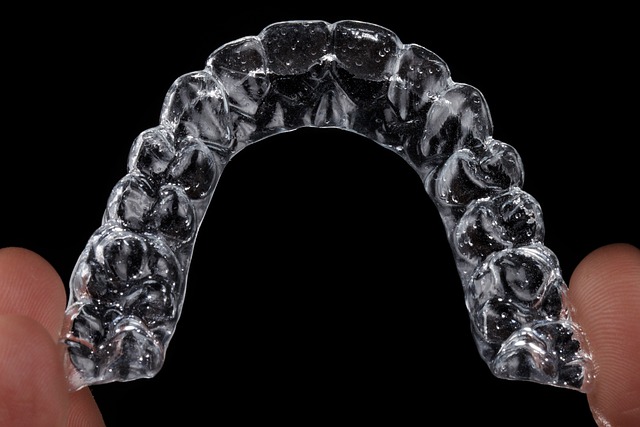Misalignment is one of the most common issues we can develop with our teeth. After all, no one can have teeth that are naturally perfectly straight. In some cases, misalignment might be minor, and perhaps not even worth treating but, in other cases, it’s not only highly noticeable but might affect the health of your teeth, such as by making them more difficult to clean or affecting your bite. Here, we’re going to look at the different treatment options for misalignment, and which might best suit your needs.
Veneers
Veneers are not, in all honestly, a treatment for alignment. They are a thin shell of porcelain that is attached to the tooth by being fitted over the top of it. Veneers are commonly used to treat things like chips, cracks, and discoloration in the existing tooth. However, they have also been used to give the appearance of a straighter tooth where it is slightly out of alignment. As such, they can be an effective solution if a single misaligned tooth is affecting the look of your smile, but they don’t really fix the issue, they just provide a cover for it. This is all you might need in some cases, but not all.
Braces
The most common form of treatment for dental misalignment, there are multiple types of braces. Traditional metal fixed braces are the most common, but ceramic and lingual braces can offer a more discrete option at an increased cost for some cases. Metal braces are typically the most reliable for severe cases of misalignment, offer highly individualized control over the growth of teeth, and rarely break or require replacement. They are, however, highly visible and somewhat restrictive for the period of time they’re worn, as the wearer may not be able to eat certain foods and must take additional care with hygiene.
Aligners
Sometimes miscategorized as braces, aligners work in a way that’s somewhat different. Rather than being affixed to the individual teeth, aligners are worn over the entire row of teeth. The most popular variety, Invisalign, is best known for its relative discretion compared to braces. Different aligners are worn over the teeth with time, slowly straightening them, as one replaces another at the end of its period. They are highly effective in all but the most severe cases of misalignment.
Do you really need to worry about misalignment?
There’s a strong case to be made for the fact that the average person in modern society pays a little too much heed to misalignment. A single tooth or two teeth somewhat out of alignment, especially after the teeth and face have stopped developing, may not need to be addressed if it’s causing any problems. However, misalignment can cause problems, such as issues with your bite, pain due to friction between misaligned teeth and soft tissue like the tongue, and others. In these cases, it may be worth getting it looked at.
Hopefully, the tips above give you an idea of some of the different options available and when they might suit your needs.


